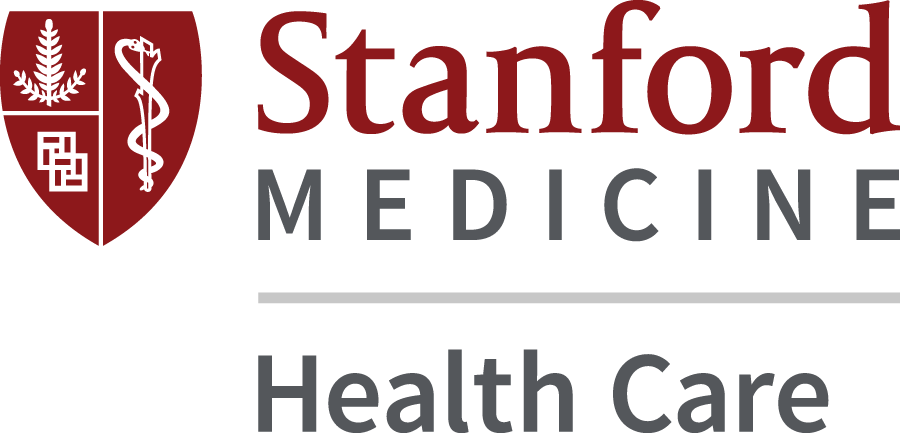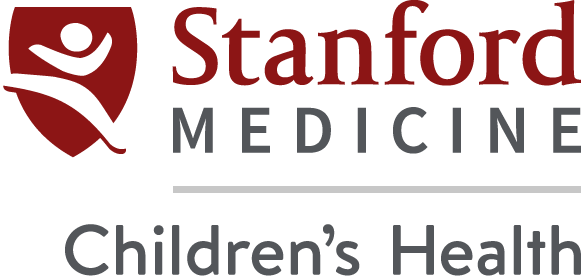For the first time since 2003, U.S. blood pressure guidelines (from the American College of Cardiology and the American Heart Association) have been comprehensively revised.
Most significantly, the new guidelines (published in November 2017) lower the definition of high blood pressure — to 130/80 mm Hg, rather than the previous 140/90 — to account for complications that can occur at the new, lower numbers and to allow for earlier intervention.
A principal takeaway for all of us to note: high blood pressure should be treated earlier with lifestyle changes and in some patients with medication.
Why the need for new guidelines?
Randall Stafford, MD, PhD, professor of medicine and director of the Program on Prevention Outcomes and Practices at Stanford, was one of the 21 experts who worked on developing the new blood pressure guidelines. As he explained in the Nov. 2017 Stanford Medicine News Center article, 5 Questions: Randall Stafford on new blood pressure guidelines, “the changes were motivated largely by data from a federal study published in 2015 called SPRINT [the Systolic Blood Pressure Intervention Trial], which showed that lowering blood pressure well below 140 over 90 had substantial benefits, including for older people.”
What is the importance of the new guidelines?
Stafford went on to articulate the two main takeaways from the new guidelines:
- People at a higher risk of a future heart attack or stroke should be treated more intensively to achieve a blood pressure below 130 over 80. In particular, older people should be treated just as intensively as younger people.
- The new guidelines define normal blood pressure as less than 120 over 80. While medication should not necessarily be used to achieve this blood pressure, other nondrug strategies should be employed to lower blood pressure toward this level.
The scope of the high blood pressure problem in the U.S.
In a recent publication from the American College of Cardiology (ACC), it is stated that under the new blood pressure guidelines, nearly half of the U.S. adult population (46 percent) will have high blood pressure — a staggering statistic. (Under the older guidelines, approximately 30% of adults in the U.S. were classified as having high blood pressure.)
Additionally, the new high blood pressure “threshold” means that the prevalence of high blood pressure will triple among men under age 45 and double among women under 45. However, the guideline authors suggest that only a small increase is expected in the number of adults requiring antihypertensive medication.
Why does blood pressure matter?
High blood pressure, also called hypertension, can lead to significant health problems — including heart attack, stroke, heart failure and kidney failure. Serious complications secondary to uncontrolled high blood pressure leading to a stroke generally include permanent and significant disability. While blood pressure increases as we age, it also can affect us in our younger years.
How is high blood pressure treated?
Depending on how high a person’s blood pressure is, and other clinical factors, the treatment generally includes changes in diet and exercise regimens and, in a significant percentage of cases, medications are recommended.
Dr. Stafford predicts that under the newly revised blood pressure guidelines, “nearly half of all American adults, and nearly 80 percent of those aged 65 and older, will find that they qualify for blood pressure medication and will need to take steps to reduce their blood pressure.” However, Stafford also states that many nondrug strategies are also useful, but he bemoans the fact that “they are often neglected.”
The huge impact of lifestyle factors
Stafford goes on to explain that “changes in physical activity, diet, sleep and weight not only lower blood pressure with few side effects, but also favorably impact the risk of other important outcomes such as cancer and cognitive decline.” Ceasing smoking and reducing excessive alcohol consumption can also positively impact blood pressure levels. Furthermore, “many drugs work more effectively when combined with lifestyle changes.”
Walk first, increase exercise intensity when viable
Medical providers are virtually all in agreement that walking each day is an important first step in managing blood pressure.
HealthySteps to Wellness spoke recently with Sandra Tsai, MD, MPH, clinical assistant professor in the Preventive Cardiology Clinic, the Women’s Heart Health Clinic, and Stanford Primary Care. Dr. Tsai concurs that starting out at least by walking regularly can help lower blood pressure. Tsai also discussed the mounting evidence that “shorter intervals of high-intensity exercise may confer additional benefits to longer periods of moderate-intensity exercise.” However, Tsai cautions that individuals with uncontrolled hypertension, especially blood pressure exceeding 150 over 90 mm Hg, should first consult their medical provider for blood pressure management before beginning a high-intensity exercise regimen.
Not only can exercise lower blood pressure by 5-10 mm Hg, says Tsai, “exercise can also improve insulin resistance.” She notes, too, that prolonged sitting is associated with decreased insulin sensitivity. Therefore, she recommends taking breaks from sitting as often as every 30 minutes — even if that means standing during phone calls and meetings, switching to a height-adjustable desk, or even making more visits to the restroom just to get up and move more.
Tsai also recommends a combination of aerobic exercise and resistance training for those with metabolic problems, such as prediabetes or diabetes. “Insulin sensitivity and hemoglobin A1c improve more with a combination of aerobic exercise and resistance training compared with either type of training alone.”
Controlling salt intake
While multiple dietary modifications are recommended for individuals with high blood pressure, a very important one remains reducing sodium intake. The recommended level depends on your risk factors, ethnicity, and other factors, so should be determined with your medical team.
The kinds of foods you should limit include highly salted meats (such as corned beef and hot dogs and sausages), canned fish (except those marked as low in sodium), pickles or other foods that are pickled, and salad dressings with high sodium content. Other foods you might want to limit include soy sauce, barbeque sauce, Worcestershire sauce, pre-packaged and frozen foods, and canned soups (except for those that are specifically low in sodium). Cheeses, breads, and salted snacks also tend to be higher in sodium.
Get checked often if you have high blood pressure
While it might sound obvious, getting checked regularly is vitally important if you find that your blood pressure exceeds “the new normal” as defined by the updated guidelines. Hypertension often does not produce symptoms.
Interestingly, the 2017 blood pressure guidelines make a point of “the importance of using proper technique to measure blood pressure.” As Dr. Tsai explains, home blood pressure readings can be lower than clinic office readings because there are many factors that can raise a person’s blood pressure when they come to a clinic visit. Therefore, she suggests using a regularly calibrated BP monitor if you are home monitoring, and still get your levels checked in a physician’s office or clinic as often as your doctor recommends.
Managing blood pressure: A part of overall cardiac care
While this article’s focus is upon blood pressure and the new guidelines, clearly there are other parameters to cardiac health that bear watching and understanding, such as cholesterol levels, blood sugar levels, genetic factors and other risk and early disease indicators.
By Lane McKenna
January 2018


